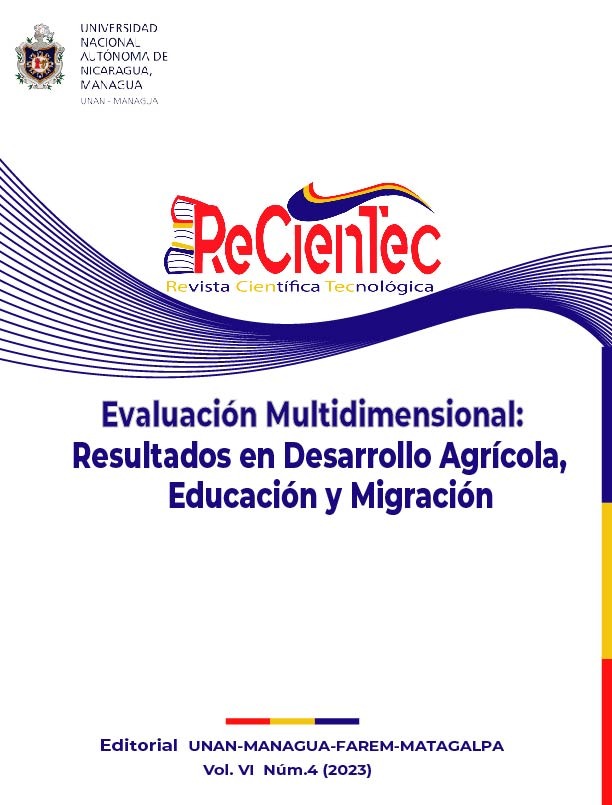Analysis of the impact of corn (Zea mays) improvement in Latin America between the 1960s and 1990s.
Keywords:
Genetic improvement, hybrid, cornAbstract
The genetic improvement of corn (Zea mays) in Latin America has become a topic of debate for a long time, due to the inconsistency that has existed between the amount of progress that has been developed with both public and private research. , and obtaining benefits from them.
Between the 60s and 90s, most of the advances in the genetic improvement of corn were developed, as a result of which a large number of hybrids appeared that had an impact in one way or another on the agriculture of the region, the which is differentiated between the north and south of Latin America.
Public research was the spearhead during this period, but thanks to private companies, these hybrids managed to reach more places and be used by a good part of the producers. Although this research is the basis for modern work in genetic improvement, there is a growing feeling that this is not what the region needs for its development, especially Mesoamerica.
Downloads
References
CIMMYT Maize Program (1998). Maize Production Regions in Developing Countries. Mexico, D.F.: CIMMYT.
Morris, M. L. y M. A. López Pereira (2000). Impactos del mejoramiento de maíz en América Latina, 1966-1997. México, D.F.: CIMMYT.
López-Pereira, M.A. y M.L. Morris. 1994a. Impacts of International Maize Breeding Research in the Developing World, 1966-1990. Mexico, D.F.: CIMMYT.
López-Pereira, M.A. y M.P. Filipello. 1994b. Maize seed industries revisited: Emerging roles of the public and private sectors. Primera parte de 1993-94 CIMMYT World Maize Facts and Trends: Maize Seed Industries Revisited: Emerging Roles of the Public and Private Sectors. Mexico, D.F.: CIMMYT.
Downloads
Published
How to Cite
Issue
Section
License
Copyright (c) 2023 Rodrigo Antonio Martínez Ocampo

This work is licensed under a Creative Commons Attribution-NonCommercial-ShareAlike 4.0 International License.




